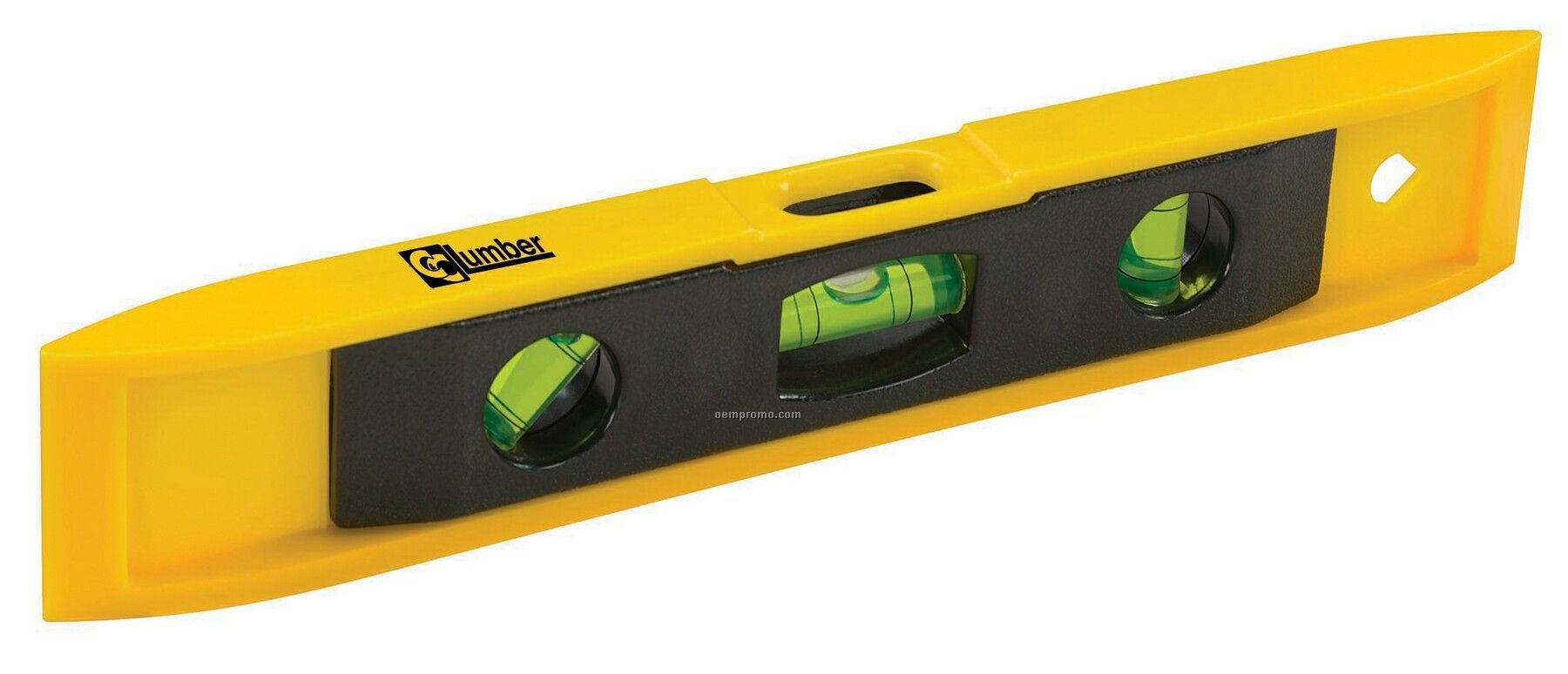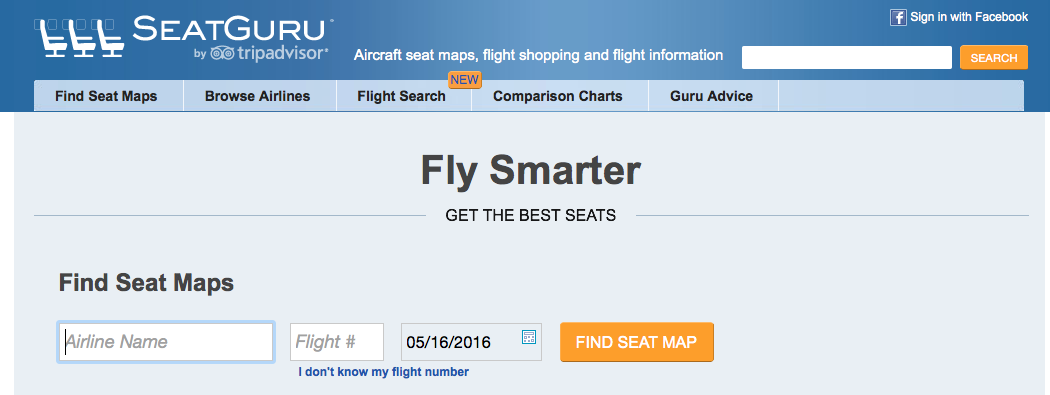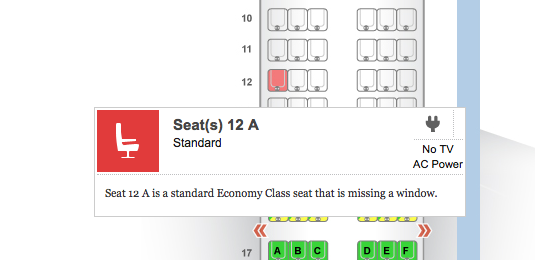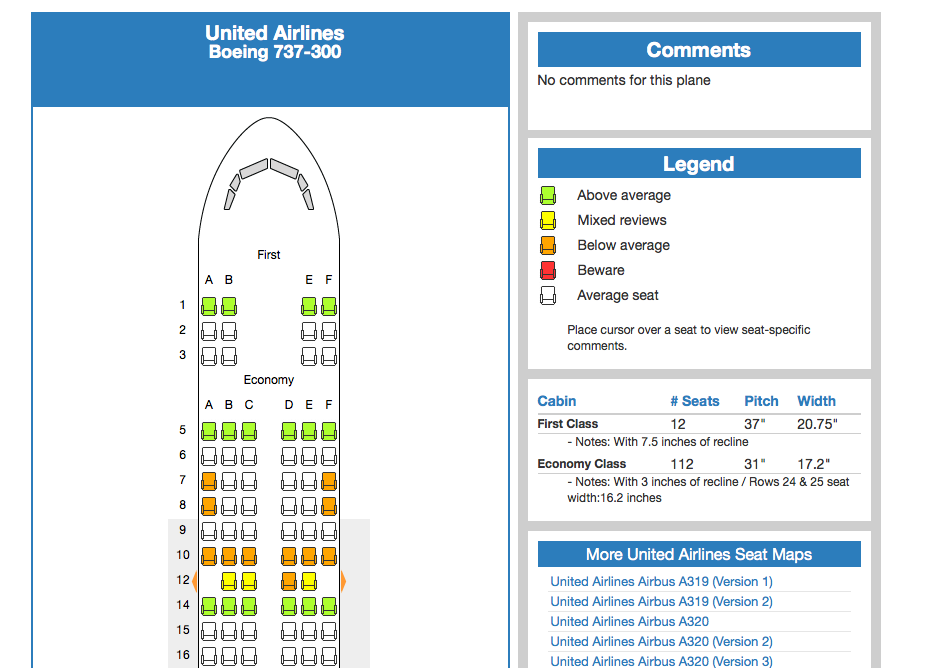In Part 1, I explained that to choose the best seat on an airplane, start with a strategy around your body type (and preferences) and the purpose of the trip. If you are tall, you may desire an exit-row seat. If you like to use the restroom often, you may prefer an aisle seat. If you are traveling with a spouse on vacation, you may want to find a row towards the back of the plane where you have a higher chance of having an empty seat next to you (for more space).
Now we will discuss the tools to support and action upon your strategy.
Seat Guru
Seat Guru is a website I reference many times when travel planning. I liken it to a level in my proverbial travel toolbox – I’ll need to use it several times during the planning process to make sure things are straight. I might be able to hang my picture without my level, but it might not quite look right. In the same way, an uninformed seat choice can throw off your entire trip.

Stay level-headed, my friends.
You start by entering the flight you are considering, and the website will bring up the seat map for your plane.

I recently flew Alaska Air’s SJC-PVR on flight AS837, so I’ll use that as our example.

Let’s look at the different sections on this page before diving into the seat map itself.
Seat Guru lists the dimensions like pitch and width, which helps you set expectations for the seat comfort. If you are flying business class, it will also tell you if the seat is a true lie-flat seat or if it is angled. Some people may be disappointed to pay for a ‘lie-flat’ seat only to find that their particular route used an aircraft with an old product.
There is also information about in-flight amenities like wifi and outlets. This is important especially when you need to work or have access to your electronics. We’re all about setting proper expectations and being prepared. You may need a portable power pack if the plane doesn’t have outlets and you want to watch several movies on your iPad. I highly recommend this one from Anker, which has 4.5 stars with more than 10,000 reviews on Amazon.
If you are not familiar with the plane, traveler photos can also help you set expectations about how your seat will look.
Now let’s take a look at the seat map and put our strategy into action.

If you have long legs, rows 16 and 17 are ideal. However if you have long arms and need to type/work, you might want to avoid these seats because the tray tables are stored in immovable armrests, which may impact your elbow positioning. You might take row 7 or 8 instead. You can also see that seats in column A and F are window seats, and C and D are in the aisle.
The seat map also shows you where the wing is (approximately rows 13 through 20), so avoid those seats if you care for views of what you are flying over. If the flight isn’t full and you want to rest, you may want to find a seat toward the back of the plane where you increase your chances of having an empty seat next to you.
Seats closer to the galley or lavatories are often marked in red (see row 32/33) and seats with yellow often have a tradeoff. Mouse over each seat to see attributes about that seat. For example, you might wonder why seat 12A is a red color.

Seat 12A is missing a window, so if you care for a view, that may not be the best seat.
Seat Expert
I also sometimes use Seat Expert because they often have rare seat maps that I don’t find in Seat Guru. Otherwise, the website works the same way as Seat Guru.
Airline Maps
Many airline websites have a solid tool for seat selection. At the end of the day, they will have the most accurate seat map (there is often multiple versions of the same aircraft, and Seat Guru may not have the map). You can also corroborate the aircraft type with Seat Guru to get further data. Furthermore, details about the seat material themselves can often be found – Airlines often like to boast about their new seat technology, whether its “Slimline seats” or others.

Here is an example of a United airplane. Most of the seats on this plane have been reserved. Note, however that the map doesn’t have information like seat pitch or recommendations.
Now that you have both a strategy and the tools to make informed airplane seat selections, what are you going to do with your newfound power? What is your best and worst airplane seat experience and how can these tools help make your next experience better?
P.S. Don’t forget that I’m giving away prizes to my readers at the end of this week, including a $30 credit for Hyatt hotels and a $10 Macy’s e-gift card. Read the original post for all the ways to enter.

我用相似的方法選擇回台灣的機位,幾年前由洛杉磯帶女兒回台灣搭ANA在日本轉機,我先在網上訂了A和C的座位,去程B座沒人,所以二人可以享受三個位子,回程較擠,全機客滿,但也沒關係我們和B座的人換一下仍可坐在一起。如果有可能,我喜歡選在離機翼遠,靠窗的位置,享受看著飛機take off, landing,城市由大變小,由小變大的美景。
Great point! I’m glad that you got the empty middle seat for you and your daughter. As you mentioned, it is easy to switch seats in the case that the flight is full. Thank you for sharing your experience!